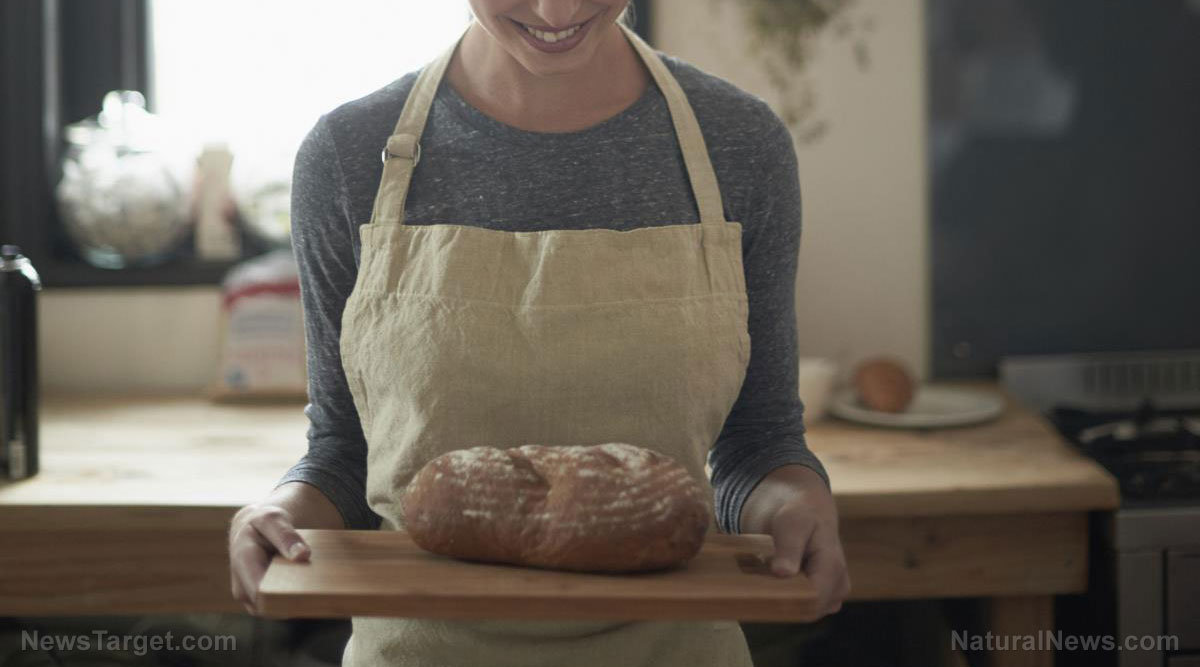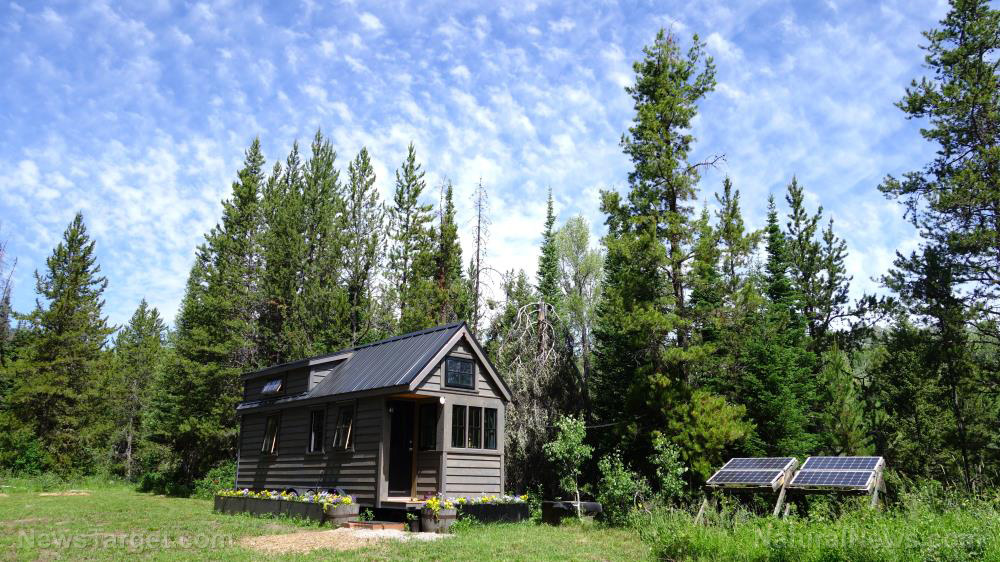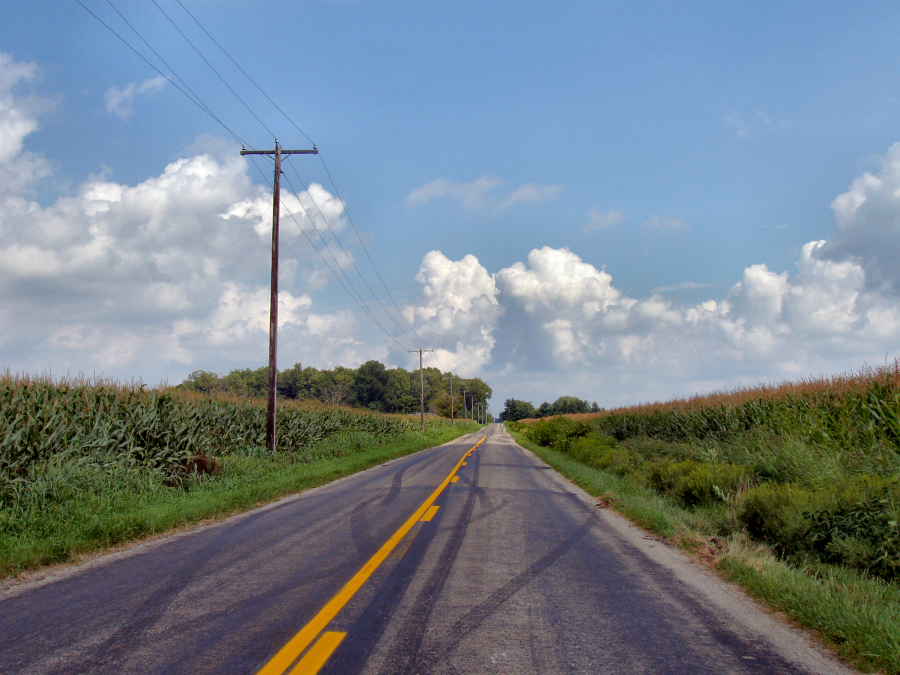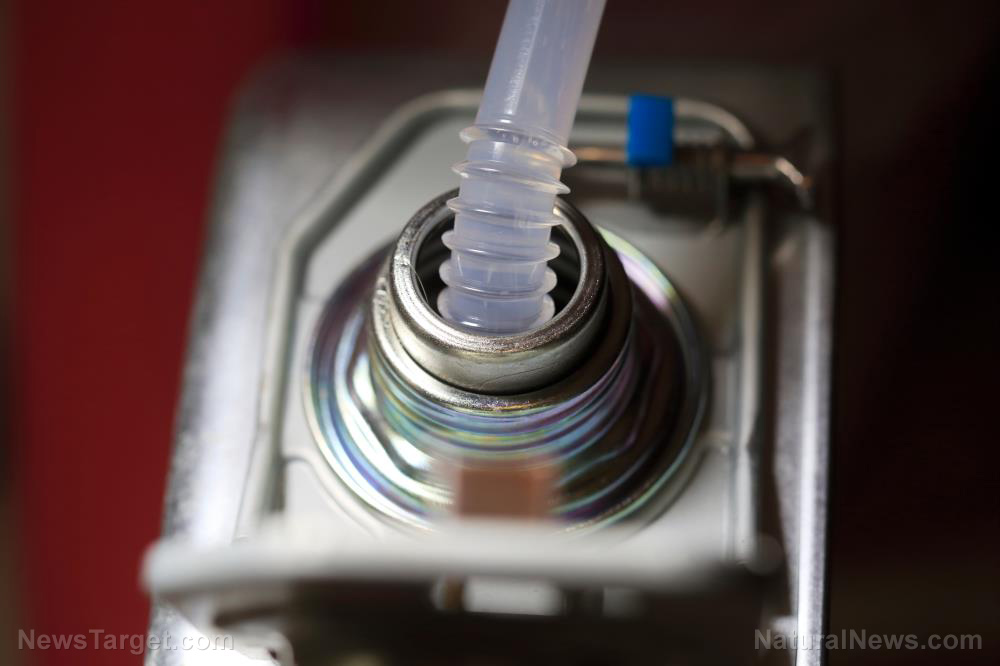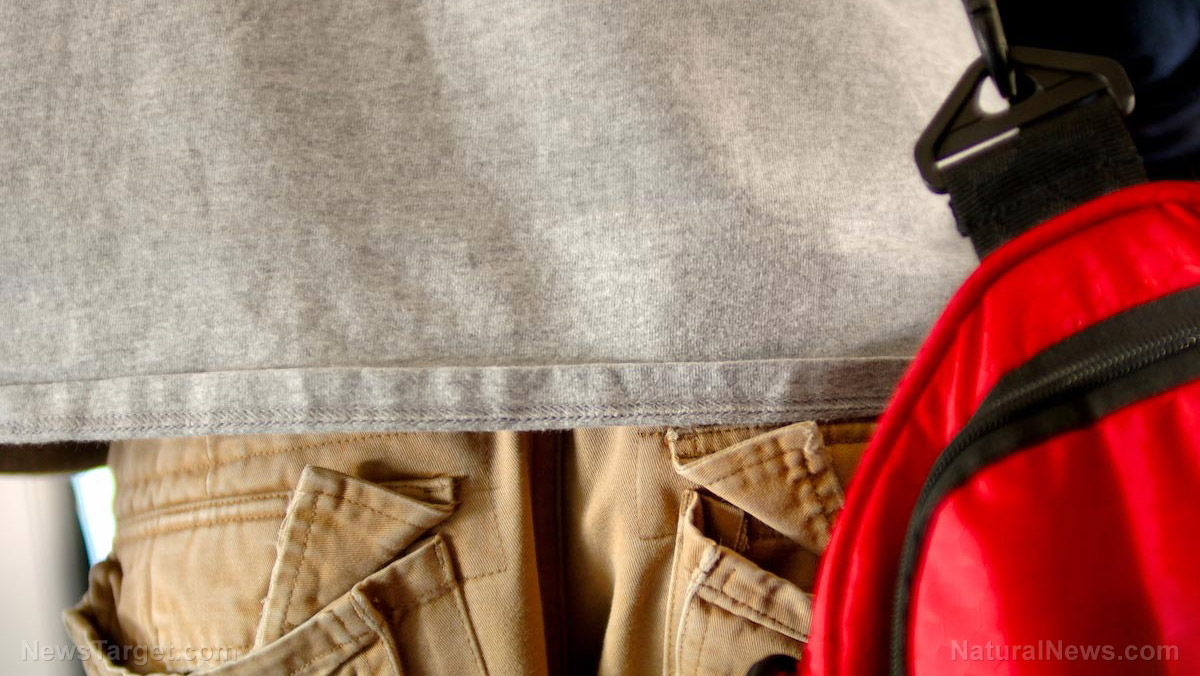4 Crucial factors that affect the shelf life of food in your survival stockpile
11/10/2019 / By Darnel Fernandez

Building up a food stockpile is one of the basics of prepping. People who are new to the preparedness lifestyle may find the process of food storage overwhelming because of the amount of planning and effort involved. However, like in all aspects of prepping, all you need is a little knowledge to get the job done.
Besides knowing what foods you can stockpile, you should also learn how to store them and identify factors that can affect your entire stockpile. (h/t to ModernSurvivalBlog.com)
What can make food go bad?
Determining the shelf life of foods can be an inexact science due to the number of variables that affect it. Of these variables, the most important ones to take note of are temperature, atmosphere, moisture, and how you contain the food. Here’s what you need to know about these four factors that can make or break your food stockpile. (Related: Food storage tips and tricks for preppers.)
Temperature
The temperature of your storage area can greatly affect your food stockpile’s shelf life. There’s a reason why most people store their food in cellars or basements where the environment is cool and dry. If you plan to store food in a warm environment, you’re going to have a bad time because too much heat can cause nutrient loss and texture degradation. You can expect your food to last for quite a while if you keep the temperature of your storage room at around 54 F, which will double their normal shelf life.
It is also important to maintain a consistent temperature when storing food. If the temperature fluctuates between warm and cool, it could shorten the shelf life of your stockpile. You can install insulation, air conditioning, or other ways to regulate the temperature of your storage room.
Moisture
Moisture is the number one enemy of any prepper looking to store things long-term. Any food with excess moisture can spoil inside its container, no matter how well-sealed it is. For long-term storage, dried grains and dehydrated foods are the best options. The drier the food, the longer the shelf life. Grains, in particular, should only have a moisture content of 10 percent or less, which is easily attainable in commercially dried foods.
However, if you prefer to dehydrate your food at home, it might be more challenging to achieve this number. This means that they will have a shorter shelf life than store-bought foods.
Note that dried foods are incredibly brittle and can snap easily when at moisture levels of 10 percent or less. When storing dried grains, make sure to keep them in air-tight containers to prevent moisture from the environment from seeping into the food.
Atmosphere
Foods packaged with air, unfortunately, do not store as well as those stored in oxygen-free gasses. Since air contains 78 percent nitrogen and 21 percent oxygen, it can oxidize the food’s compounds and reduce their overall shelf life. Bacteria, one of the several agents that could make food go bad, also thrive in oxygen-rich environments.
To maximize the shelf life of food, you should store them in an oxygen-free environment. It is essential to maintain proper atmospheric conditions inside sealed containers.
Containers
To make the most out of your food stockpile, one should keep their products in air-tight containers, such as vacuum-sealed bags, Mylar bags, and sealed jars. You should also be aware of containers that can prevent pests like rodents and bugs from breaking inside.
Knowledge of these four factors can help you build up and maintain your survival food stockpile in case of an impending SHTF scenario
Sources include:
Tagged Under: atmosphere, containment, Food Preservation, food stockpile, Food storage, food supply, Gear, moisture, preparedness, prepper, prepping, SHTF, storable food, survival, survival gear, survival stockpile, temperature
RECENT NEWS & ARTICLES
Homesteading.News is a fact-based public education website published by Homesteading News Features, LLC.
All content copyright © 2018 by Homesteading News Features, LLC.
Contact Us with Tips or Corrections
All trademarks, registered trademarks and servicemarks mentioned on this site are the property of their respective owners.




